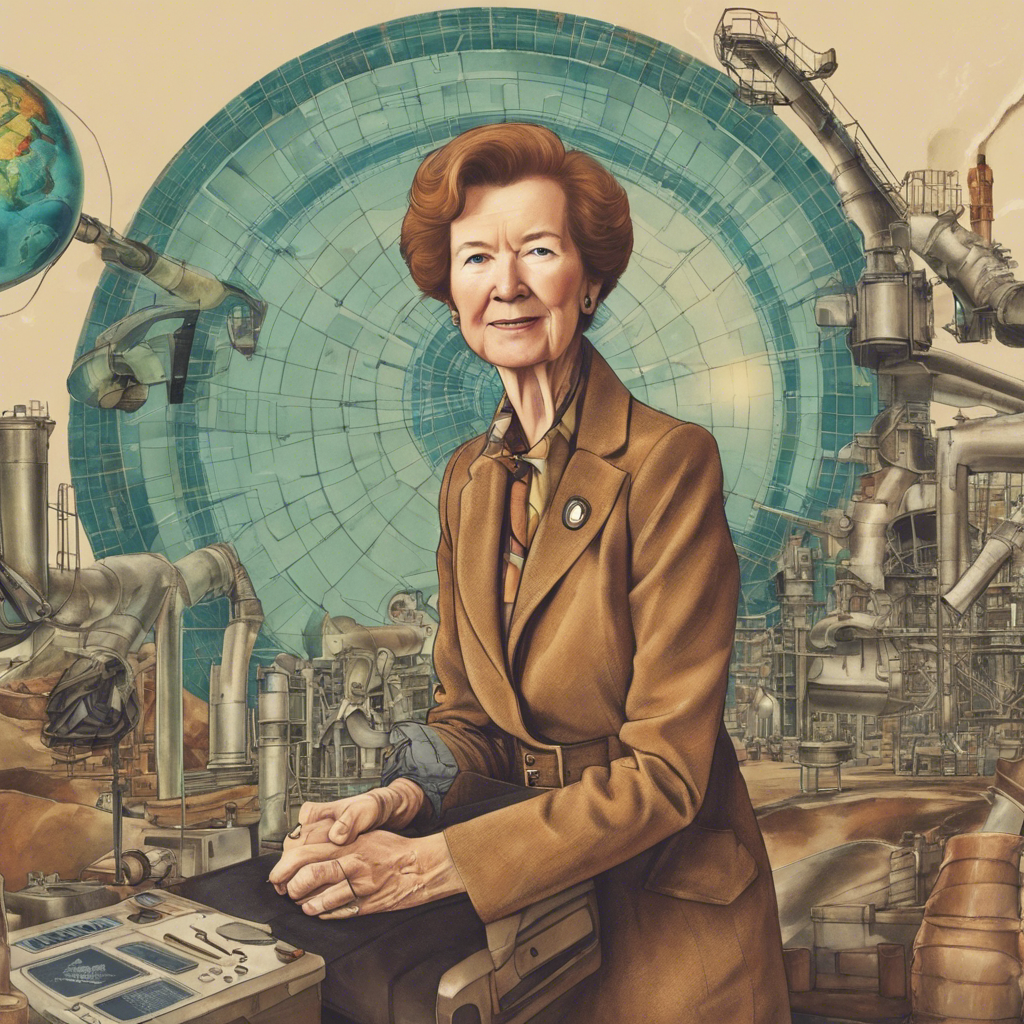Addressing Gender Disparities in the Sciences: Breaking Barriers and Promoting Inclusivity

Examining the Gender Gap in Scientific Research and Academia
In recent years, there has been growing recognition of the persistent gender disparities within the scientific community. Despite significant progress in various fields, women continue to face barriers in terms of representation, recognition, and career advancement. This article delves into the issue of gender disparities in the sciences, exploring the factors contributing to the gap and highlighting efforts to promote inclusivity and dismantle discriminatory practices.
The Gender Gap in Scientific Research
Studies have consistently shown a gender gap in scientific research, with women being underrepresented in various disciplines. A study published in Nature in 2013 by Larivière et al. revealed global gender disparities in science, indicating that women are less likely to be involved in high-impact research. Another study by Bendels et al. in 2018 found that women are underrepresented in high-quality research published in Nature Index journals. These disparities persist across different scientific fields, including the geosciences, as highlighted by Pico et al. in 2020, who reported a significant gender gap in first authorship in the geosciences.
Challenges in Academia and Career Advancement
Gender disparities also extend to academia, where women face challenges in career advancement and recognition. A study by Van Dijk et al. in 2014 found that publication metrics play a significant role in academic job market success, and women tend to receive fewer citations and have lower publication rates compared to their male counterparts. The study also highlighted the impact of gender bias on hiring decisions. Ford et al. in 2018 examined speaking opportunities at the American Geophysical Union Fall Meeting and found a gender inequity, with women being underrepresented as speakers. These disparities in academia can have long-lasting effects on women’s careers and hinder their progression to leadership positions.
Bias in Awards and Recognition
The issue of gender bias extends to awards and recognition within the scientific community. Holmes et al. in 2011 investigated whether gender bias influences awards given by societies and found evidence of bias against women. This bias can perpetuate the underrepresentation of women in scientific fields and undermine their contributions and achievements. Efforts to address this bias and promote gender equity in awards and recognition are crucial for fostering a more inclusive scientific community.
Factors Contributing to the Gender Gap
Understanding the factors contributing to the gender gap in the sciences is essential for developing effective strategies to address the issue. Various studies have highlighted the role of implicit bias, stereotype threat, and the lack of representation and mentorship opportunities. Settles et al. in 2006 discussed the climate for women in academic science, emphasizing the need to create supportive and inclusive environments. Ceci and Williams in 2011 highlighted the current causes of women’s underrepresentation in science, including family responsibilities, lack of role models, and gender stereotypes. Efforts to address these factors and create a more inclusive culture are crucial for attracting and retaining women in scientific fields.
Promoting Inclusivity and Breaking Barriers
Recognizing the importance of addressing gender disparities, various initiatives and organizations have emerged to promote inclusivity and break down barriers. The American Association of University Women (AAUW) published a report in 2010 titled “Why So Few?” which outlined recommendations for increasing women’s representation in science, technology, engineering, and mathematics (STEM) fields. The report emphasized the need for systemic changes, including policy reforms, mentorship programs, and efforts to challenge gender stereotypes. Other studies, such as Dennehy and Dasgupta’s research in 2017, have shown the positive impact of peer mentoring and collaboration in increasing women’s retention and positive academic experiences.
Progress and Future Directions
While progress has been made in addressing gender disparities in the sciences, there is still much work to be done. Organizations like the American Geosciences Institute have reported a steady increase in female geoscience faculty representation between 2006 and 2016. However, the gender gap persists, and efforts to promote inclusivity and diversity need to be ongoing. The study by Van Der Wal et al. in 2021 highlights the positive impact of collaboration on career progression, especially for female researchers. Continued efforts to address implicit bias, provide mentorship opportunities, and create supportive environments are crucial for achieving gender equity in the sciences.
Conclusion:
Gender disparities in the sciences continue to pose significant challenges for women, affecting their representation, recognition, and career advancement. Addressing these disparities requires a multifaceted approach, including systemic changes, mentorship programs, and efforts to challenge gender stereotypes. By promoting inclusivity and breaking down barriers, the scientific community can harness the full potential of diverse perspectives and talents, leading to a more equitable and impactful scientific enterprise.










